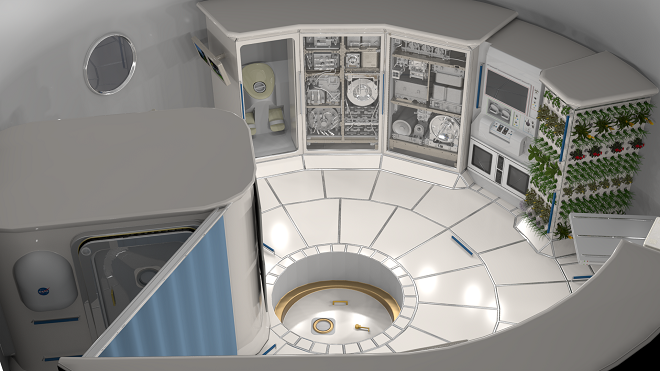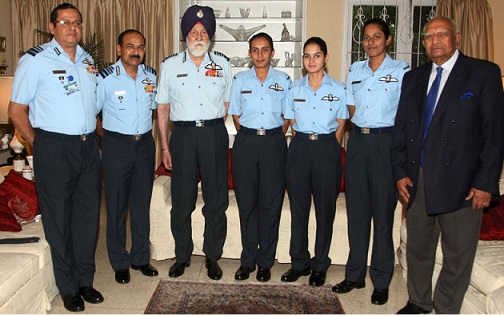
Concept image of the interior of a deep space habitat. Photo: NASA.
WASHINGTON (BNS): NASA has selected six US companies to help advance the Journey to Mars by developing ground prototypes and concepts for deep space habitats.
Through the public-private partnerships enabled by the Next Space Technologies for Exploration Partnerships-2 (NextSTEP-2) Broad Agency Announcement, Appendix A, NASA and industry partners will expand commercial development of space in low-Earth orbit while also improving deep space exploration capabilities to support more extensive human spaceflight missions, according to a NASA news release.
The selected companies are Bigelow Aerospace of Las Vegas; Boeing of Pasadena, Texas; Lockheed Martin of Denver; Orbital ATK of Dulles, Virginia; Sierra Nevada Corporation’s Space Systems of Louisville, Colorado; and NanoRacks of Webster, Texas.
"NASA is on an ambitious expansion of human spaceflight, including the Journey to Mars, and we're utilising the innovation, skill and knowledge of both the government and private sectors," Jason Crusan, director of NASA's Advanced Exploration Systems was quoted as saying in the release.
"We are now adding focus and specifics on the deep space habitats where humans will live and work independently for months or years at a time, without cargo supply deliveries from Earth," he added.
The six partners will have up to approximately 24 months to develop ground prototypes and/or conduct concept studies for deep space habitats. The contract award amounts are dependent on contract negotiations, and NASA has estimated the combined total of all the awards, covering work in 2016 and 2017, will be approximately $65 million, with additional efforts and funding continuing into 2018. Selected partners are required to contribute at least 30 percent of the cost of the overall proposed effort.
The ground prototypes will be used for three primary purposes: supporting integrated systems testing, human factors and operations testing, and to help define overall system functionality. These are important activities as they help define the design standards, common interfaces, and requirements while reducing risks for the final flight systems that will come after this phase.
These missions will demonstrate human, robotic and spacecraft operations in a true deep space environment that's still relatively close to Earth and validate technologies for the longer journey to Mars.
Habitation systems will provide a safe place for humans to live as we move beyond Earth on our Journey to Mars.
In addition to US industry, NASA is in discussions on collaborative opportunities with our international partners to enable fully operational deep space habitation capability.
NextSTEP is managed by the Advanced Exploration Systems Division (AES) in NASA’s Human Exploration and Operations Mission Directorate.
 Previous Article
Previous Article Next Article
Next Article













The Indian Air Force, in its flight trials evaluation report submitted before the Defence Ministry l..
view articleAn insight into the Medium Multi-Role Combat Aircraft competition...
view articleSky enthusiasts can now spot the International Space Station (ISS) commanded by Indian-American astr..
view article